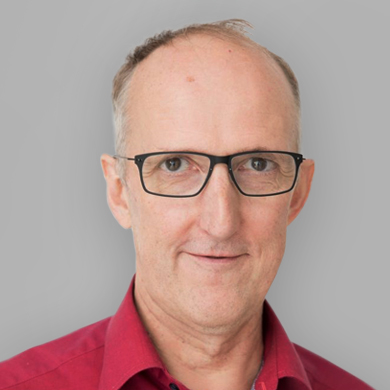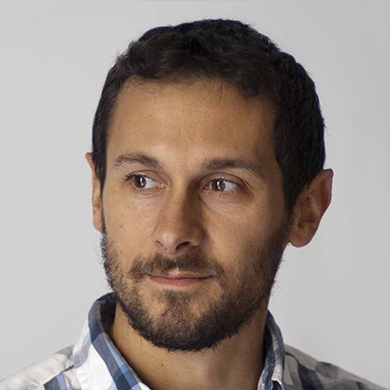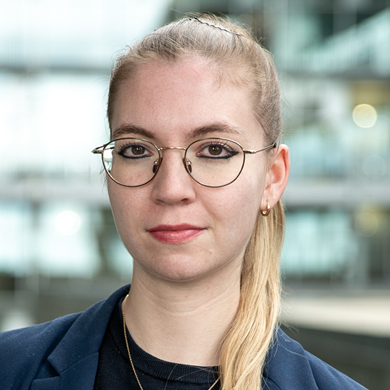The Language of Neurons15th & 16th September 2023, Barcelona

Friedemann PulvermüllerSpeaker
Professor of Neuroscience of Language and Pragmatics Freie Universität Berlin, Germany.
He also contributes to the Berlin School of Mind and Brain and the Einstein Centre for Neurosciences in Berlin, where he serves as a Faculty Member. Professor Pulvermüller’s main interest is in the neurobiological mechanisms that enable humans to use and understand language. In his research, he addresses the material brain basis of symbols and constructions by performing neurobiologically founded network simulations and by conducting neuroimaging and neuropsychological experiments, with a focus on “active,” action-related mechanisms that are crucial for an understanding of symbols. He is the author of over 300 scientific publications.
Abstract
Neurobiological mechanisms for representing concepts and symbols in the brain
How do we represent objects and concepts in our minds and brains? This question has been considered nonsense. It has also been claimed that representations, in a narrow sense, do not exist, but that dynamic activity patterns explain what we envisage as the ‘mental images’ of the world. But others have postulated that unique representational ‘nodes’ exist for each object, concept or referring symbol, and even for their perceptual and conceptual features.
How can we find out? I propose to try it out. By creating networks of neuron-like elements, by connecting these as they are in local cortical circuits, areas, and, at a larger scale, in the human connectome, by implementing regulation and control mechanisms and, most importantly, by realistic learning procedures. Such “brain-constrained” neural networks can be treated like infants who experience objects with varying degree of similarity and later-on words and larger chunks of language in their context. We can then ask what goes on in the brain-like architectures when they experience the world and when they learn symbols.
One result of this endeavor is (of course) that the answer very much depends on the brain-constraints implemented. Networks with sequential area links, but no within-area connections, build fully distributed dynamic patterns. Adding reciprocal between-area links, within-area excitatory connections and local inhibition leads to circuit formation. A circuit includes many neurons and may be distributed across different network areas. Importantly, it may ‘ignite’ as a whole and maintain its reverberant activity for some time.
The talk will report on some recent results from simulating – and possibly explaining at a neurobiological level – spontaneous concept formation, as it is seen in preverbal infants. Symbol learning will be addressed, as it normally occurs from the end of the first year of life, along with the fast mapping of symbol form to meaning. Learning-simulation experiments will address different symbol types along with questions about differences between different types of referring expressions and between concrete and abstract concepts and symbols.
Friday15September
16:15 - 17:00
Neural representation
Neurobiological mechanisms for representing concepts and symbols in the brain
Saturday16September
9:30 - 11:00
The Language of Neurons
Short presentations by the guest speakers





